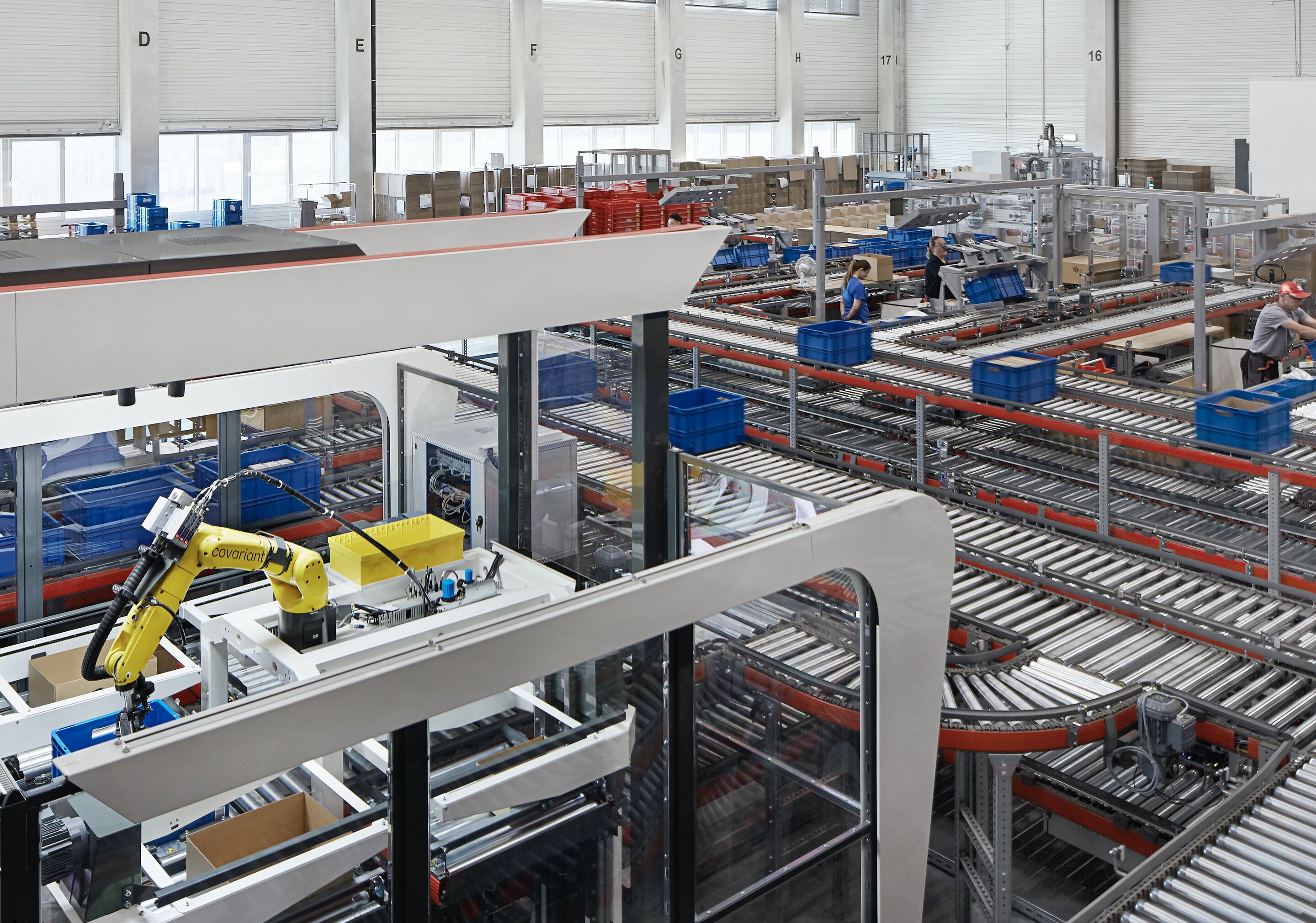
At a warehouse on the outskirts of Berlin recently, a new addition to the warehouse, a robot, drew press attention.
The New York Times called the component-sorting robot "a major advance in artificial intelligence and the ability of machines to perform human labor."
A video demo of the robot in action revealed the robot placing various items, with different shapes, in different containers.
"As millions of products move through warehouses run by Amazon, Walmart and other retailers, low-wage workers must comb through bin after bin of random stuff—from clothes and shoes to electronic equipment—so that each item can be packaged and sent on its way. Machines had not really been up to the task, until now," said The New York Times.
An expert laid it on the line for IEEE Spectrum: With all the activity in play regarding automation in logistics, in warehouses two categories can be called out as in real automation need: "The things that people do with their legs and the things that people do with their hands."
The expert quoted was Pieter Abbeel, founder, president and chief scientist, Covariant. He asserted that the leg part has been addressed via conveyor systems, mobile retrieval systems and other functioning robots but "The pressure now is on the hand part."
By the hand part, he meant "how to be more efficient with things that are done in warehouses with human hands."
Enter Covariant. Most of the items in its recipe for a picking solution are predictable—simple hardware. Evan Ackerman in IEEE Spectrum listed them: an off-the-shelf industrial arm, suction gripper, 2-D camera system. The magic comes by way of a very large neural network. It translates into a solution that is cost effective for customers.
How so? "We can't have specialized networks," says Abbeel. "It has to be a single network able to handle any kind of SKU, any kind of picking station."
The Covariant solution is called Covariant Brain. It has something in common with the human brain, sad Abbeel, and that is a notion that "a single neural network can do it all."
Robots in manufacturing have only reached a fraction of their potential if they are incapable of thinking on their own; what about robots that can do tasks beyond what is pre-programmed in controlled environments?
James Vincent in The Verge got to the point of why Covariant's robot matters in the bigger picture of robot pickers: "The robot itself doesn't look that unusual, but what makes it special are its eyes and brain. With the help of a six-lens camera array and machine learning algorithms, it's able to grab and pack items that would confound other bots."
Consider a pre-Covariant Brain situation where you have a traditional system that is designed to catalog everything ahead of time and seeks to recognize everything in the catalog.
Now consider Covariant out to chase a vision of performing in fast-moving warehouses with many SKUs, always changing. "Our system has few-shot adaptation, meaning that on-the-fly, without us doing anything, when it doesn't succeed it'll update its understanding of the scene and try some new things," said Abbeel in an interview with IEEE Spectrum, when asked about training for new classes of items.
Obviously, warehouse leaders will be interested in robotic arms that pick as many types of items as possible in good time and accurately.
Karen Hao in MIT Technology Review said, "The technology must nimbly adapt to a wide variety of product shapes and sizes in ever-changing orientations. A traditional robotic arm can be programmed to execute the same precise movements again and again, but it will fail the moment it encounters any deviation."
On Jan. 29, the California-based robotics company put out a press release to announce Covariant brought Obeta's station into production in collaboration with Knapp, a warehouse logistics technology company. Knapp is in the business of technology for facilities in industries such as healthcare, textiles, fashion and retail.
Hao in MIT Technology Review, wrote about how Austria-based Knapp had been interested in an AI-powered robotic arm they could use. "'We've never seen this quality of AI before,' said Knapp's Peter Puchwein, vice president of innovation."
Through the collaboration, said Hao, "Knapp will distribute Covariant-enabled robots to customer warehouses in the next few years."
What's next?
"In addition to product picking," said Hao, "it wants to eventually encompass all aspects of warehouse fulfillment, from unloading trucks to packing boxes to sorting shelves. It also envisions expanding beyond warehouses into other areas and industries."
More information: covariant.ai/
© 2020 Science X Network
Citation: Brainy item-picking robots show up for warehouse duty (2020, February 1) retrieved 1 February 2020 from https://techxplore.com/news/2020-02-brainy-item-picking-robots-warehouse-duty.html
This document is subject to copyright. Apart from any fair dealing for the purpose of private study or research, no part may be reproduced without the written permission. The content is provided for information purposes only.
